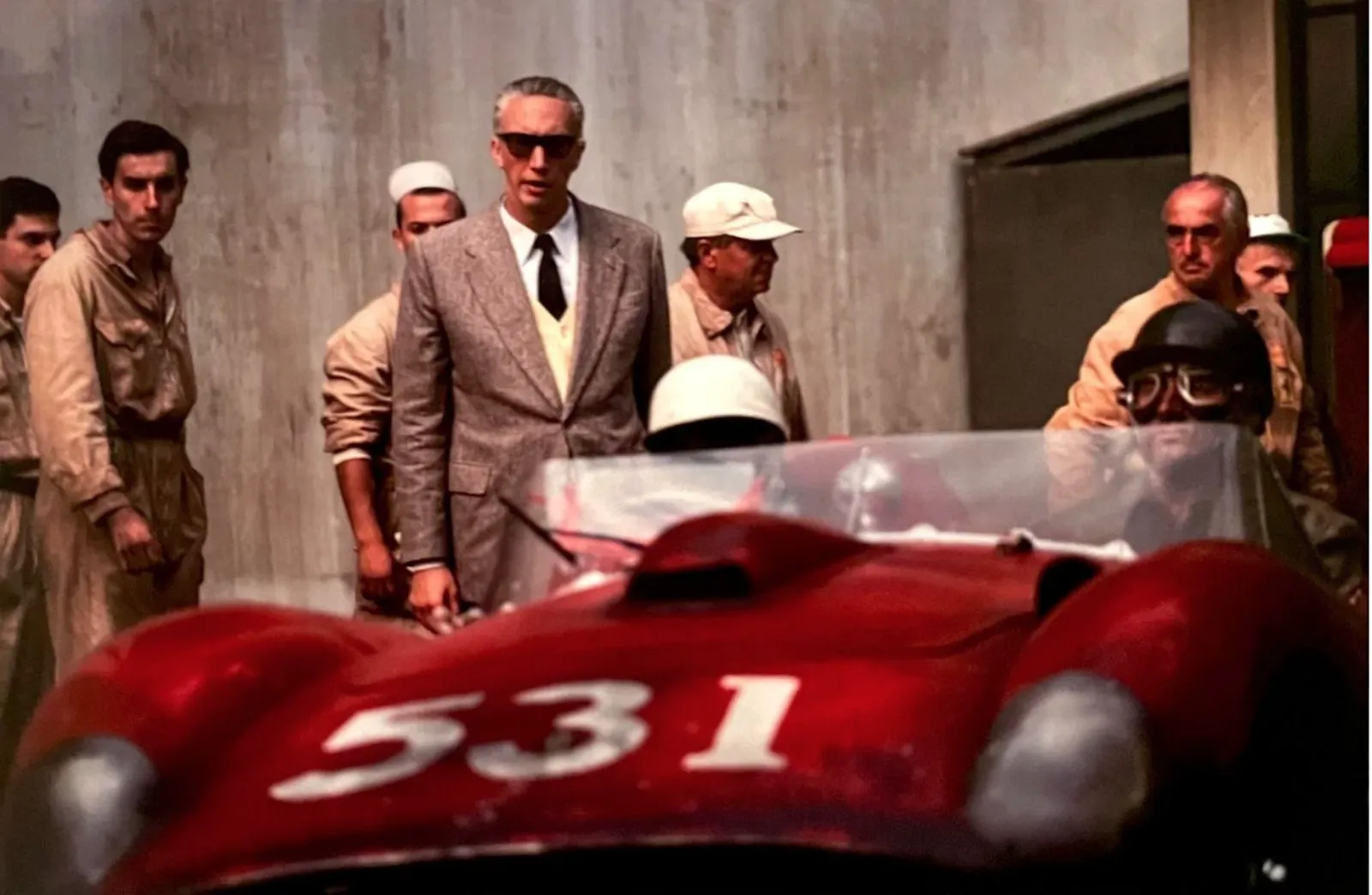Ferrari: A Glimpse into Enzo’s World at the Venice Film Festival
The opening days of the Venice Film Festival unfolded with a sense of measured anticipation. While Edoardo De Angelis’s “Comandante” and Pablo Larraín’s “El Conde” offered intriguing narratives, they didn’t quite ignite the screen with groundbreaking revelations. However, August 31st marked a turning point, with the simultaneous screenings of Luc Besson’s “Dogman” and Michael Mann’s “Ferrari” injecting a palpable buzz into the competition. While the inclusion of the French film sparked curiosity tinged with skepticism, “Ferrari,” a biopic centered on Enzo Ferrari, arrived with a reservoir of goodwill, fueled by compelling promotional material. Adam Driver, embodying the iconic Italian figure, seemed to inhabit the role as seamlessly as he donned the impeccably tailored suits – a memory still fresh from Ridley Scott’s “House of Gucci.” Moreover, audiences had recently witnessed the intensity of racing rivalries in “Ford v Ferrari,” where the Italian characters were portrayed with a touch of caricature. Now, it was time for the Italians to tell their own story.

Adam Driver as Enzo Ferrari in “Ferrari”
A Focused Narrative
“Ferrari,” while opening with grainy black-and-white footage reminiscent of historical chronicles depicting Enzo behind the wheel, avoids the pitfall of attempting a comprehensive, chapter-by-chapter biography. Instead, it zeroes in on the late 1950s, a pivotal period in Enzo’s life. The Commendatore finds himself juggling three distinct “families”: his marriage to Laura (Penélope Cruz), a woman consumed by grief over the loss of their son Dino; his affair with Lina (Shailene Woodley) and their illegitimate son Piero; and the Scuderia, the racing team that represents the ultimate passion of the engineer and constructor. Despite this focused scope, director Michael Mann doesn’t venture into experimental narrative territory or deviate from the established conventions of biographical dramas. The screenplay, based on Brock Yates’s literary portrait of Enzo, unfolds as a captivatingly old-fashioned film – a classic, much like the Italian suits, meticulously crafted and perfectly fitted.

Penélope Cruz as Laura in “Ferrari”
Performance and Immersion
The audience’s reception will undoubtedly vary depending on their familiarity with the history of Formula 1, Le Mans, the Mille Miglia, and other significant races, as well as their general interest in motorsports. However, attempting to cram in a crash course on Enzo and the Scuderia right before viewing might diminish Mann’s second ace in the hole. The first, of course, is Adam Driver. The American actor continues to excel at promoting Italian brands through the power of cinema, and Michael Mann meticulously captures Enzo’s imposing presence, distinctive gait, and deliberate gestures. Ferrari doesn’t speak excessively, but when he does, his words are often aphoristic. More often, he observes thoughtfully, calculating risks and the compromises he’s willing to make. The camera frequently lingers on the textured face and shoulders of this imposing man, conveying the weight of the burdens he carries.

Adam Driver as Enzo Ferrari in “Ferrari”
Emotion and Humor
Despite its inclination towards classical stateliness, “Ferrari” avoids excessive solemnity, dialogues with eternity, and doesn’t skimp on humor and guilt. The film is predominantly in English, but Mann is clearly captivated by the Italian spirit, marrying bitterness and joy like a Catholic priest. Penélope Cruz, as Ferrari’s wife, embodies both these extremes. Laura is a woman married not to the perpetually absent Enzo, but to her own sorrow. Each of her appearances on screen is either heartbreaking or prompts laughter at her fearless attacks on the male-dominated world. Signora Ferrari was her husband’s business partner and financial manager. Penélope Cruz, with a venomous weariness and ironic despair, frequently punctuates the air with cries of “bullshit,” bursts of gunfire, and nervous breakdowns that are unmatched in their intensity. Shailene Woodley, unfortunately, is less fortunate, with the script offering her little beyond the role of a waiting woman in a quiet harbor.
The Race to Save the Scuderia
Enzo circles through his attachments, unable to stop, and Mann’s film could seemingly continue indefinitely. However, in the final third, genre conventions take over: a victory in a major race could solve the Scuderia’s financial woes, and the Mille Miglia is about to begin. But “Ferrari” doesn’t rush to become another film about rehearsing for success and achieving triumph. Instead, it dedicates the third act to the climactic competition, revealing that Enzo’s most challenging turns await him off the track, while the drivers face the perils of the road.
A Masculine Ballad
Mann’s measured pace relies on a classic (retro?) masculinity, reminiscent of that celebrated in Robert Redford’s films. He juxtaposes participation in church with a test drive on the track, switching from the crucified Jesus to the metallic circle of a stopwatch. If cars are the main religion in the Ferrari household, then Enzo is a god, or at least an ancient demigod in a jacket. A poetic ballad about Hephaestus or a continuation of the era of brands on the cinematic Olympus? Only time will tell.